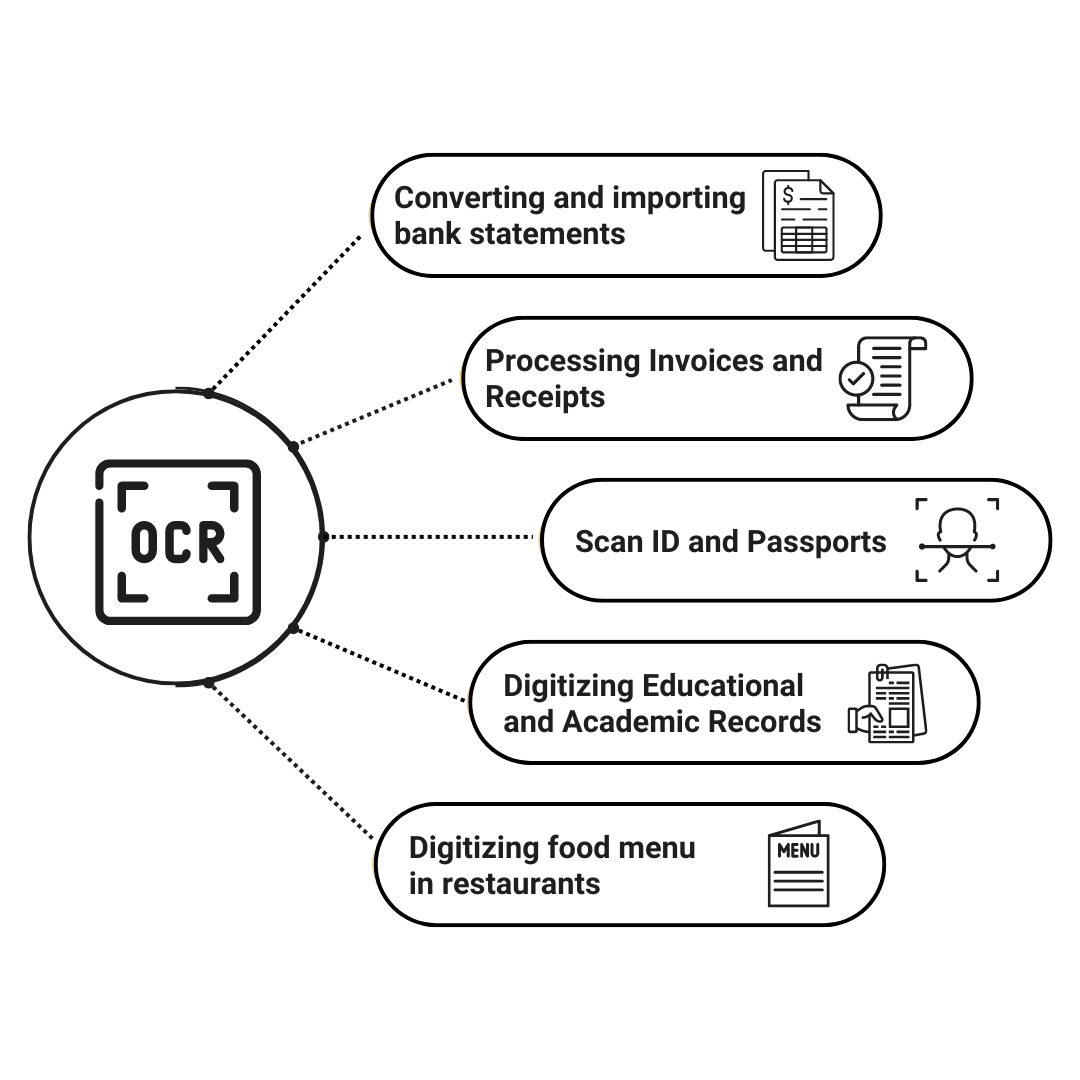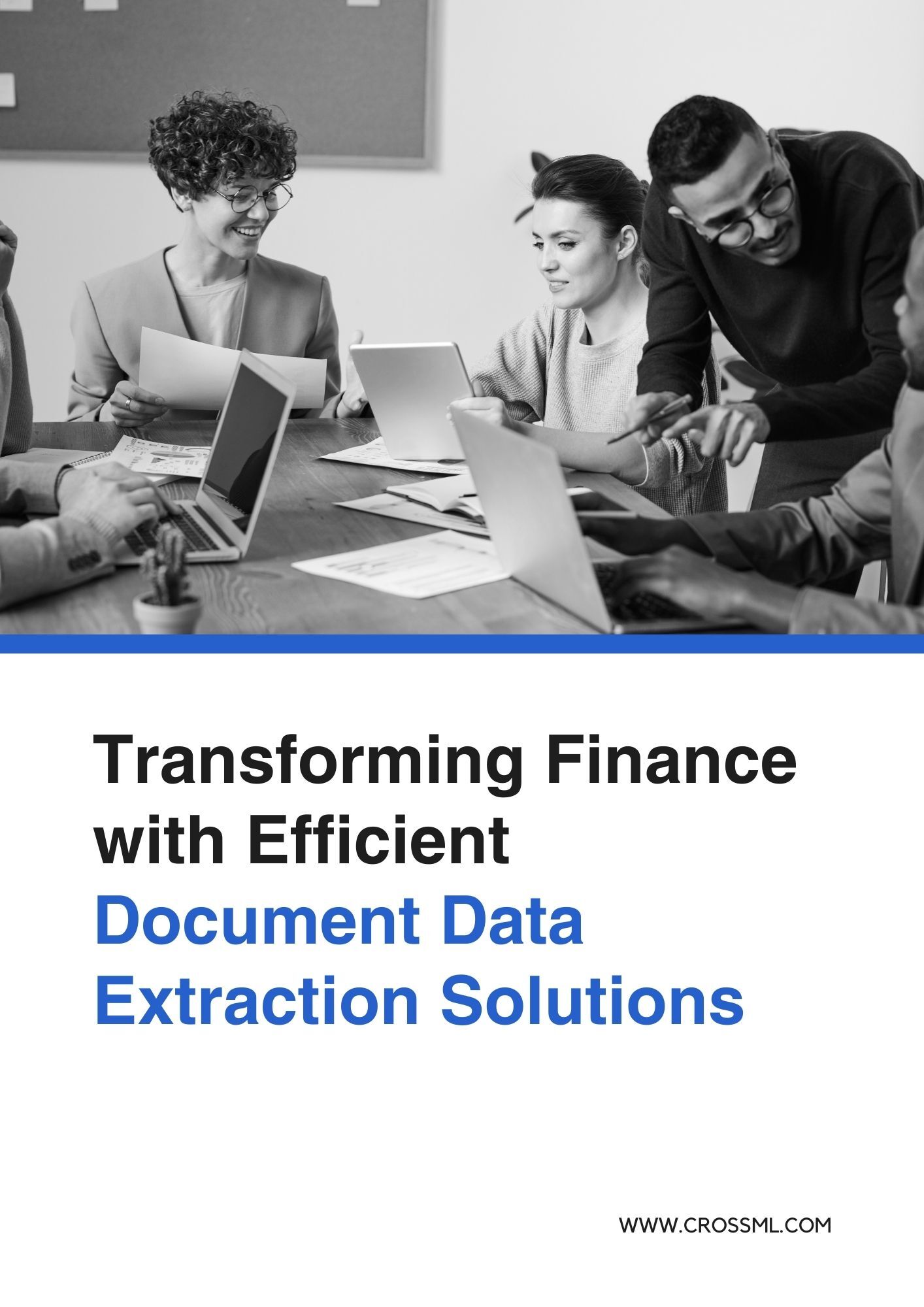- Home
- Document Processing Automation
Document Processing Automation
Automate your organisational document workflows with our advanced document processing automation solutions, improving accuracy and efficiency while reducing the time and effort spent on manual tasks.
Trusted by teams at
Advantages of Document Processing Automation
The various advantages of document processing automation help organisations improve their business operations, leading to improved speed, accuracy, compliance, and cost savings.

-
AI-Powered Data Extraction Helps extract and contextualise data from unstructured financial documents using optical character recognition (OCR) with AI.
-
NLP for Document Parsing Helps parse complex legal and financial language, leading to accurate interpretation and automated processing of contracts, invoices, and compliance documents.
-
Automated Compliance Validation Helps cross-reference document data against regulatory frameworks with AI-driven validation systems, ensuring real-time compliance checks and reducing non-compliance risks.
-
Robust Document Classification Helps classify financial documents accurately using machine learning models, improving the efficiency of document storage, retrieval, and audit readiness.
-
End-to-End Document Lifecycle Management Helps manage the entire document lifecycle, ensuring authentic version control, audit trails, and data security in financial records management.
-
Integration for Immutable Records Helps create immutable records (those that cannot be changed) with processed documents, improving transparency, security, and auditability.
Our Document Processing Automation Solutions
We help our clients implement and integrate ready-to-go, practical document processing automation solutions with their existing systems and workflows to streamline organisational workflows and improve efficiency.

-
Automated Mortgage Document Processing Our solutions Extract, validate, and process data from mortgage documents, leading to reduced approval times and minimised manual errors.
-
Real-Time Compliance Reporting Our solutions automatically generate compliance reports by extracting and validating data from financial documents, leading to regulatory standards adherence.
-
Contract Lifecycle Management Our solutions manage contract lifecycles by automating the review, renewal, and archival processes, and ensuring compliance with legal obligations.
-
KYC Our solutions streamline and automate customer identity verification, leading to reduced manual work, accelerating the onboarding process, and improving compliance.
Download Our Solution Document Now!
Learn about the basics of our document processing automation that seamlessly streamlines data workflows and improves organisational accuracy and efficiency.

Explore Our Case Studies to Discover the Impact and Effectiveness of AI-enabled Solutions Across Diverse Industries.
CrossML transformed eCommerce Customer Support using personalised GenAI Assistant

Respondify Inc.
Personalised content generation using Advanced Prompt Engineering and RAG fine-tuning
I have worked with CrossML on Multiple projects and each of them turn out to be excellent work. It’s not just about coding when it comes to software development, but also the understanding of the goals and how to get there and this team certainly does well in it.

Efficient Operation, granular controls and better business visibility with AI-enabled customised ERP System.

Frequently Asked Questions
Steps in document processing automation include document capture, data extraction using OCR, classification, validation, workflow automation, and integration with existing systems for efficient storage and retrieval.
The main objectives of document processing automation are to reduce manual effort, improve accuracy, accelerate processing times, and improve the organisation's overall efficiency in managing and processing documents.
The main components of document processing automation are OCR technology, data extraction tools, workflow automation software, document management systems, and integration capabilities with the already existing systems or other enterprise systems.




